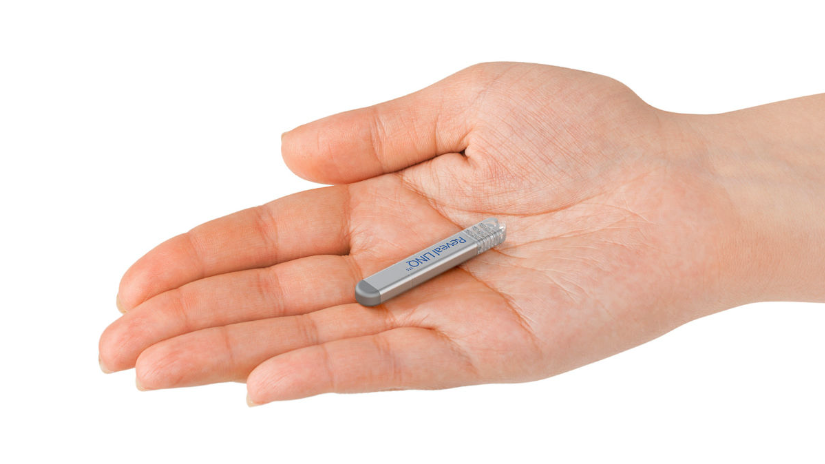Implanted loop recorder procedure
(Video: Medtronic)
Prime Minister Benjamin Netanyahu, who was admitted to the Sheba Medical Center on Saturday, after feeling unwell underwent a procedure to implant a cardiac monitoring device called an implanted loop recorder (an implantable Holter) into his chest to monitor and collect data on his heart’s condition. This device is a new generation of monitoring devices, likely the Reveal LINQ manufactured by Medtronic, that continuously tracks heart rate and transmits the findings to doctors remotely.
More stories:
So how was the surgery performed, and how does it work? Prof. Moti Haim, the director of Soroka Medical Center’s Cardiac Electrophysiology and Pacing Department, answers questions about the procedure.
What is a Holter?
"A Holter is a monitoring device that tracks either blood pressure or heart rate that the patient wears on their body. Most Holters are used for 24-hour monitoring: the patient is fitted with them in the clinic and wears them until the next day when the data is transferred to a computer for a cardiological examination.”
“The new generation of devices is subdermal, and one of them was implanted in Netanyahu's body. These devices provide lower-quality tracings but allow recordings over long periods, ranging from months to years. The Holter is named after its inventor, Norman Holter from the U.S."
Which specific device was implanted in the prime minister's body?
"Netanyahu was implanted with a loop recorder. It’s a tiny device, a few centimeters long and a few millimeters thick, about the size of a USB stick, which can continuously monitor heart rate in partial channel tracing. A traditional ECG device includes a tracing of 12 channels that monitor the heart from different directions."
How is the device implanted?
"The procedure takes a few minutes under local anesthesia and is inserted into the left pec. The patient is then transferred to the recovery room, and after about two hours, is released after receiving instructions on how to use the device."
What exactly does the device do?
"The Holter receives electrical signals from the heart and records them according to pre-programmed settings: it can record every few minutes and erase the tracings, record only when there is an abnormal heartbeat, or when the patient experiences symptoms such as fatigue or during strong heartbeats.”
How often does the patient come for a check-up?
"The advantage of the subdermal Holter is its ability to transmit findings remotely, so the cardiologist can see them and provide instructions to the patient on the go."
How long does the device last?
"About three years. After that, it’s removed from the body through a simple procedure under local anesthesia."
Who’s the device intended for?
"The Holter is used for unexplained fainting and loss of consciousness, unexplained seizures, or if there is suspicion of cardiac rhythm disturbances that aren’t detected by a regular ECG or Holter monitor.”
“Not everyone needs an implanted loop recorder. It’s used when things remain unclear as to the condition of a patient. The advantage of the device is its ability to record the heart rate throughout the day, but traditional ECG and Holter devices record more heart channels, allowing for a more accurate reading."
First published: 22:31, 07.16.23






